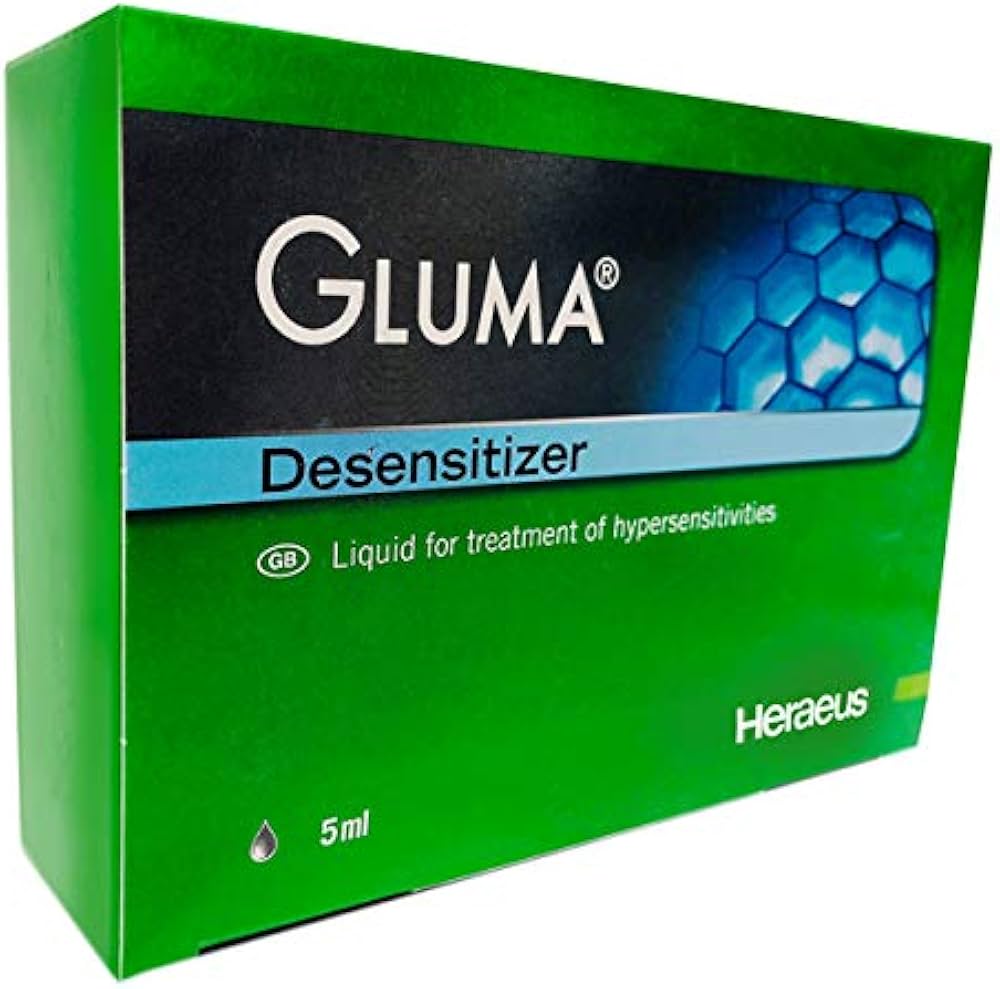The Comprehensive Guide to Dental Code GLUMA: Applications, Benefits, and Innovations in Modern Dentistry
Dental hypersensitivity is one of the most common complaints among patients, affecting nearly 1 in 7 adults globally. The discomfort caused by sensitive teeth can significantly impact a person’s quality of life, making everyday activities like eating, drinking, and even breathing painful. Enter GLUMA, a revolutionary dental desensitizer and bonding agent that has transformed the way dentists manage hypersensitivity and other dental conditions. This article delves into the intricacies of Dental Code GLUMA, exploring its composition, applications, benefits, and future potential in modern dentistry.

2. What is Dental Code GLUMA?
Dental Code GLUMA refers to a specialized dental product used primarily for desensitizing dentin and enhancing bonding procedures. It is a combination of glutaraldehyde and hydroxyethyl methacrylate (HEMA), which work synergistically to occlude dentinal tubules and reduce sensitivity. GLUMA is widely recognized for its effectiveness, ease of use, and long-lasting results.
3. Historical Background and Development
The development of GLUMA dates back to the 1970s when researchers sought to address the limitations of existing desensitizing agents. Traditional methods, such as fluoride varnishes and potassium nitrate, provided only temporary relief. The introduction of GLUMA marked a significant breakthrough, offering a more durable solution by chemically altering the dentin surface. Over the years, GLUMA has undergone several refinements, making it a staple in dental practices worldwide.
4. Composition and Mechanism of Action
GLUMA’s unique formulation consists of two key components:
- Glutaraldehyde: A cross-linking agent that reacts with proteins in the dentinal tubules, effectively sealing them.
- HEMA: A hydrophilic monomer that enhances adhesion and ensures deep penetration into the tubules.
When applied to the tooth surface, GLUMA forms a protective layer that blocks external stimuli, such as hot, cold, or acidic substances, from reaching the nerve endings. This mechanism not only reduces sensitivity but also strengthens the dentin structure.
5. Applications in Dentistry
Desensitization
GLUMA is primarily used to treat dentin hypersensitivity. It is particularly effective for patients with exposed root surfaces or those who have undergone periodontal therapy.
Bonding Agent
In restorative dentistry, GLUMA serves as a primer to improve the bond strength of composite resins and other materials.
Cavity Lining
GLUMA can be used as a cavity liner to protect the pulp and reduce postoperative sensitivity.
6. Benefits of Using GLUMA in Dental Practice
- Long-lasting Relief: Provides durable desensitization for up to 2 years.
- Ease of Application: Simple and quick to apply, saving chair time.
- Versatility: Suitable for a wide range of dental procedures.
- Patient Comfort: Minimizes discomfort during and after treatment.
7. Step-by-Step Clinical Procedure for Using GLUMA
- Preparation: Isolate the tooth and clean the surface.
- Application: Apply GLUMA using a microbrush or applicator tip.
- Drying: Allow the solution to air-dry for 30 seconds.
- Rinsing: Rinse thoroughly with water.
- Final Steps: Proceed with the desired restorative or bonding procedure.
8. Comparison with Other Dental Desensitizers
| Feature | GLUMA | Fluoride Varnish | Potassium Nitrate |
|---|---|---|---|
| Duration of Relief | Up to 2 years | 4-6 weeks | 2-4 weeks |
| Mechanism | Tubule occlusion | Enamel hardening | Nerve desensitization |
| Ease of Application | Easy | Moderate | Easy |
| Cost | Moderate | Low | Low |
9. Innovations and Future Directions
Recent advancements in GLUMA technology include the development of nano-formulations for enhanced penetration and the incorporation of antimicrobial agents to prevent secondary infections. Researchers are also exploring its potential in regenerative dentistry.
10. Case Studies and Clinical Evidence
Numerous studies have demonstrated the efficacy of GLUMA in reducing hypersensitivity and improving bonding outcomes. For instance, a 2020 study published in the Journal of Dental Research found that GLUMA reduced sensitivity by 85% in patients with exposed dentin.
11. Common Myths and Misconceptions
- Myth: GLUMA is only for temporary relief.
Fact: GLUMA provides long-lasting desensitization. - Myth: GLUMA is difficult to apply.
Fact: It is one of the easiest desensitizers to use.
12. FAQs
Q1: Is GLUMA safe for all patients?
A: Yes, GLUMA is biocompatible and safe for most patients, including those with allergies.
Q2: How often should GLUMA be reapplied?
A: Reapplication is typically needed every 1-2 years, depending on the patient’s condition.
Q3: Can GLUMA be used with other dental materials?
A: Yes, GLUMA is compatible with most restorative materials.
13. Conclusion
Dental Code GLUMA has revolutionized the management of dentin hypersensitivity and bonding procedures. Its unique composition, ease of use, and long-lasting effects make it an indispensable tool in modern dentistry. As research continues, GLUMA’s applications and benefits are expected to expand, further solidifying its role in dental care.


